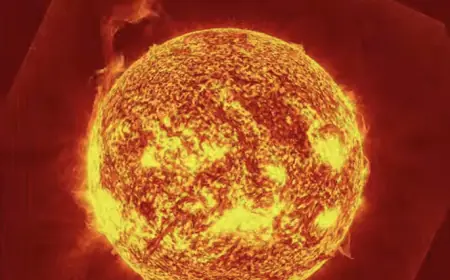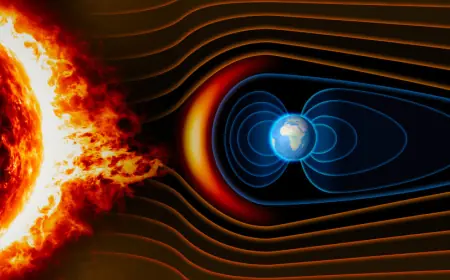The Shortest Day of 2025: Earth Spun Faster Than Usual
July 10, 2025, has gone down in history as the shortest day of the year — the Earth completed its rotation 1.36 milliseconds faster than the standard 24-hour day. This was reported by Space.com, citing data from international monitoring services that track Earth's rotation speed using ultra-precise atomic clocks.

What’s happening to Earth’s rotation?
Normally, a full day lasts 86,400 seconds. However, in recent years, scientists have increasingly recorded microscopic deviations from this norm. For instance, on July 5, 2025, the planet completed its rotation 1.25 milliseconds earlier than usual. A similar anomaly is expected on July 22, when the day could be 1.34 milliseconds shorter.
The absolute record was set on July 5, 2024, when Earth completed a full rotation 1.66 milliseconds faster than the standard 24-hour cycle. Such precise measurements have only been possible since 1973, when atomic clocks were first introduced — capable of tracking even the tiniest variations in the Earth's spin.
Should we be concerned?
A change of a few milliseconds isn’t noticeable in daily life and has no immediate effect. However, scientists are closely watching this trend, as it may signal complex geophysical processes occurring within the Earth.
“The reason for this acceleration remains unclear,” said Leonid Zotov, a leading expert on Earth’s rotation at Moscow State University.
He noted that possible explanations include mass redistribution within the planet, tectonic activity, or changes in the Earth’s core. Zotov also emphasized that Earth’s rotational speed is not constant and can both speed up and slow down due to a wide range of internal and external factors.
Will this affect timekeeping?
Currently, such tiny variations do not require any changes to our timekeeping systems. However, if the trend continues or intensifies, adjustments to Coordinated Universal Time (UTC) might be needed. This is usually done by adding or subtracting so-called “leap seconds” to keep atomic time aligned with Earth’s actual rotation.
In summary: While we don’t feel these millisecond shifts in everyday life, they are important indicators of the dynamic processes happening deep inside our planet — and scientists are keeping a close eye on them.



























